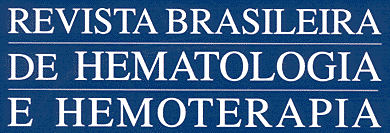Resumo em Português:
A medicina nuclear permite a caracterização funcional de tecidos, acrescentando dados à avaliação anatômica realizada por outros métodos de imagem, como a tomografia computadorizada, ressonância magnética ou ultra-som. Além do diagnóstico e estadiamento, as informações funcionais fornecidas pela medicina nuclear são particularmente úteis no seguimento e avaliação de resposta terapêutica dos pacientes com linfoma. A presença de massa residual após quimioterapia ou a infiltração de linfonodos de pequenas dimensões são exemplos de situações nas quais a avaliação isolada de características anatômicas é insuficiente. Os principais métodos utilizados são a cintilografia com gálio-67, traçador com alta afinidade por transferrina e receptores de ferro, e os estudos com flúor-deoxiglicose, emissor de pósitron que permite a caracterização do metabolismo de glicose nos tecidos. Outros traçadores, como o tálio-201, sestamibi-Tc99m e octreotide-In111, também são utilizados em menor escala na avaliação dos pacientes com linfoma. Os mecanismos de captação, principais indicações dos estudos, limitações e resultados de literatura serão revistos.
Resumo em Inglês:
Nuclear medicine procedures allow functional characterization of organs and tissues, that can be compared to the anatomical evaluation provided by computed tomography, magnetic resonance imaging and ultrasonography. Functional information are usefull not only in diagnosis and staging, but mainly in the follow-up and evaluation of the therapeutic response of lymphoma patients. Persistent or residual mediastinal mass and and infiltration of small nodes are some examples of situations in which purely anatomical evaluation is insufficient. The main methods in use are scintigraphy with galium-67, a transferrin avid tracer, and PET with fluoro-desoxyglucose, indicated for the metabolic evaluation of tissues. Other tracers are also described, as thallium-201, 99mTc-sestamibi, and 111In-octreotide. Mechanisms of uptake, indications, limitations and results of the literature are and discussed in this review.
